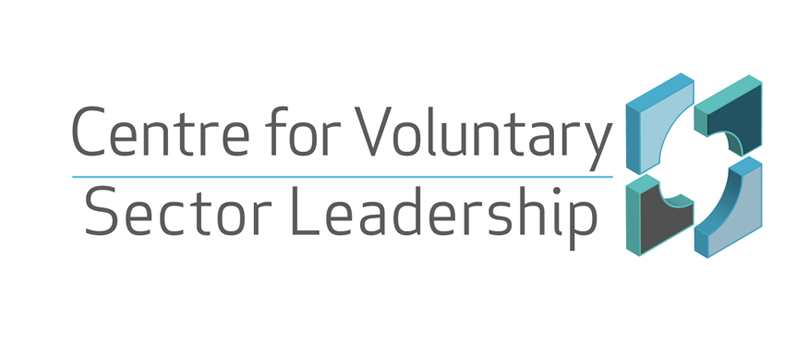4 Re-structure, re-structure
In our experience, a frequent leadership response to the endeavour to achieve long-term collaboration is to continually re-structure the collaboration in an attempt to find a structure that will make things happen in a sustained way. One partnership ends and another begins; or a collaborative project is reorganised in an attempt to clarify the responsibilities of partner organisations, who reports to who and how decisions are made; or perhaps the structure changes to reflect policy change. Unfortunately, continued structural change can itself become a source of fragility. This is evident in the social welfare field where successive governments have introduced different structural partnership arrangements through policies that have impacted the way in which public agencies collaborate with organisations in the public, voluntary and private sectors.
For example, in this article for the Guardian [Tip: hold Ctrl and click a link to open it in a new tab. (Hide tip)] , Professor Bob Hudson, an expert on inter-organisational partnerships in the social welfare field, argued that the impact of 40 years of structural change in the NHS on its partnerships with organisations beyond statutory services has been ‘instability and fragmentation which is inimical to settled joint relationships’.
This continual attempt to sustain collaboration through structure is also seen at a more local level. The temptation is to think that if we can finally get the right partners around the table and clarify how they each relate to the other in a clear structural arrangement, then we will keep collaboration going. In practice, we often find that the new structure works for a period and then we have to revisit it again. A CEO interviewed for Carol’s research into cross-sector collaboration in children’s services described the context as ‘a washing machine of continual change’. For voluntary sector representatives, this context results in a roller coaster ride through continually changing policy-led collaborative forums and partnership arrangements.
Eventually, continued efforts to re-structure use up so much time, effort and resources that we abandon the attempt altogether, or the collaboration simply runs out of energy and enters a state of inertia.
This sets up a dilemma. On the one hand, there is a need for long-term collaborative endeavours to address complex issues; on the other, specific collaborative arrangements (partnerships, working groups, joint services and projects) tend to be short-lived, subject to the internal dynamics of competing organisations and changes in the external environment. For leaders, the need to focus on short-term change (and its consequences) pulls time and energy away from a focus on the longer-term.
It is for these reasons, that in these final sections we offer a somewhat different way of thinking about the nurturing work of collaborative leadership over the longer term. To do this we leave behind the picture of a garden to draw on a different metaphor for collaboration – the ‘collaborative fabric’ (Jacklin-Jarvis et al., 2016).
3 Reasons for failure
